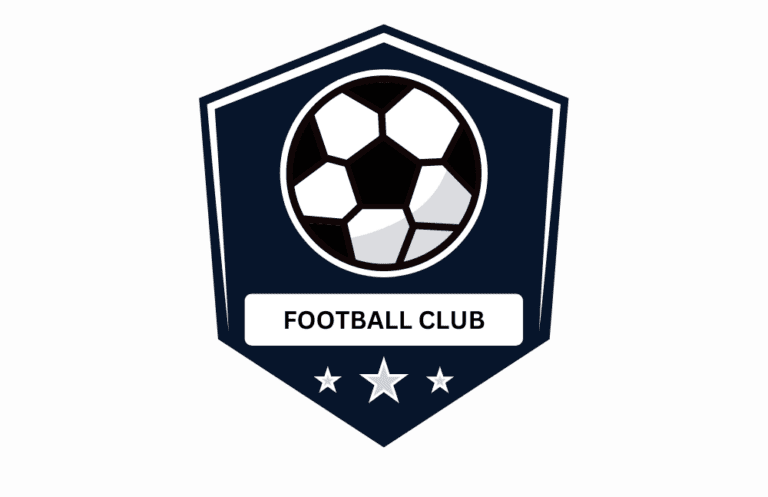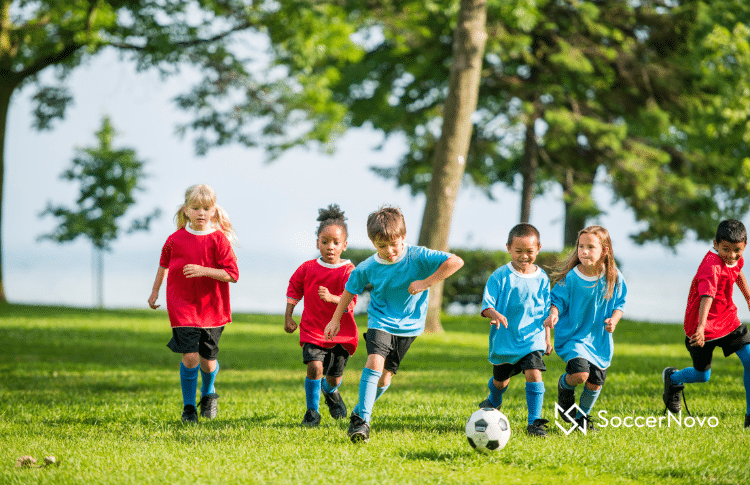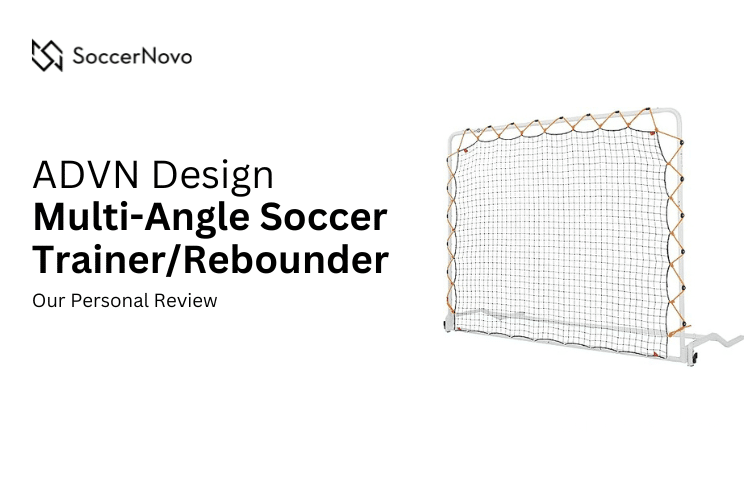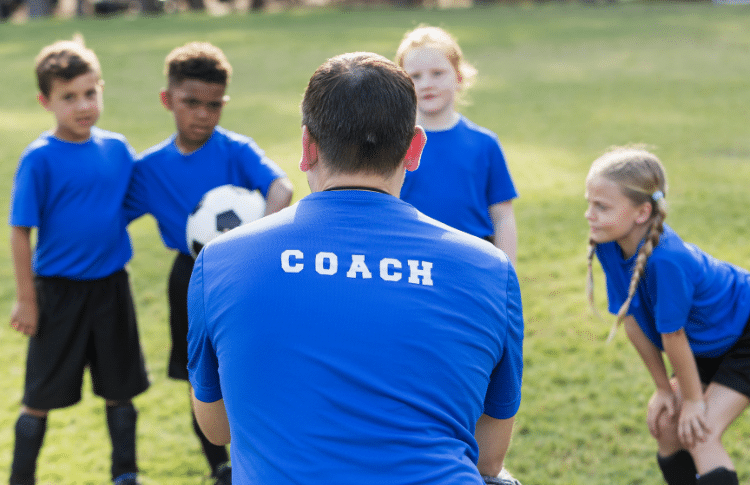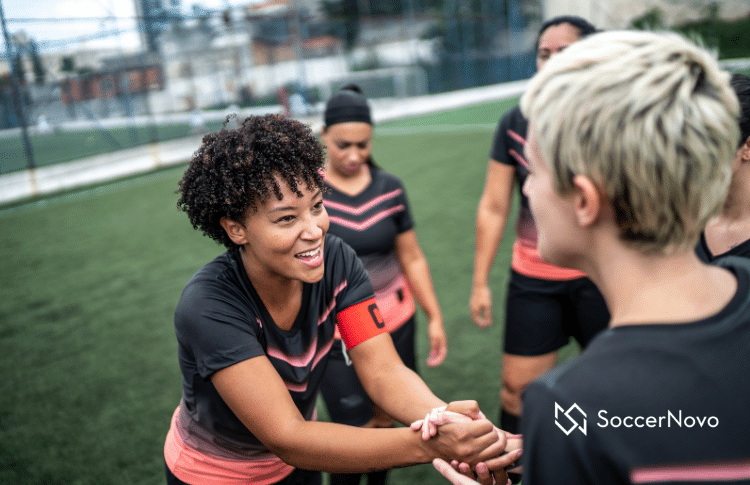Soccer Ball Size by Age
Finding the right size soccer ball is important to a player’s development. It’s one of the few pieces of equipment that you need for soccer.
The right size ensures that players can control the ball effectively and reduces the risk of common soccer injuries. But with so many sizes available, it can be challenging to know which one is right for youth players.
Key Takeaways From This Article:
- View the soccer ball size chart by age (jump to chart).
- The size of the ball is important to train effectively.
- A quality soccer ball can last you multiple seasons and provide game-like experiences. This matters when training in the backyard.
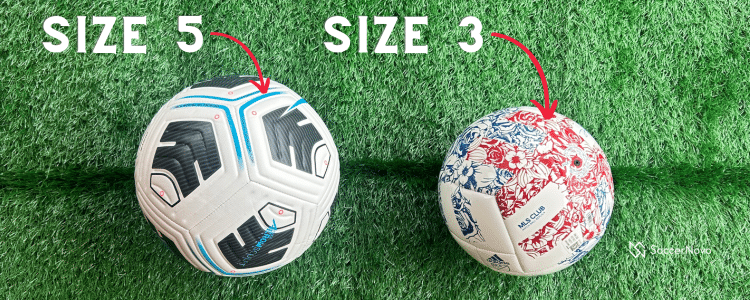
What size is a youth soccer ball? The answer depends on the player’s age. Younger players need smaller balls, while older players require larger ones. Makes complete sense right?
Generally, youth soccer balls come in sizes 1, 3, 4, and 5, with size 1 being the smallest and size 5 being the largest. Size 1 is considered “mini balls”. Many older players enjoy juggling with a smaller ball in the house, backyard, or hotel room.
My 14-year-old son plays with a size 5 but he’ll bring a mini ball to the hotel so he can kick it around with his teammates. Fun for the kids but not so fun for the hotel staff.
Let’s dig into the different soccer ball sizes for each age group.
What Size Soccer Ball is Right for a Player?
Here is a breakdown of soccer ball sizes by age group of the player. It is important to choose the right fit for your player as maturity needs to happen before they progress to the next size.
Soccer Ball Size Chart
| AGE GROUP | IDEAL SOCCER BALL SIZE |
|---|---|
| 3 years and younger | Size 1 |
| 3-4 years old | Size 2 |
| 5-8 years old | Size 3 |
| 9-12 years old | Size 4 |
| 13 years and older | Size 5 |
Size One
Size 1 is ideal for children under three years. It has a circumference of 18 to 20 inches. Size one soccer balls, also known as minis, are often “toy soccer balls” that you can kick inside the house.
Please don’t send us a bill for a smashed lamp. It happens to all parents 😉
The tiny size of the ball makes it perfect for developing technique, touch, and ball control as the smaller ball is much harder to practice with.
If you have a child under three years old and want them to learn soccer, this is a great ball to start with!
Size Two (Not a Common Size)
A size 2 soccer ball is ideal for children between three and five years of age.
Most parents call “size-two” a “skills ball” because it allows kids to practice soccer and improve skills like dribbling, footwork, juggling, and ball control.
Size two soccer balls are rarely used because they are so close in size to one. If you’re looking for a ball for a child younger than five years old, a size 1 ball is perfect.
Size Three
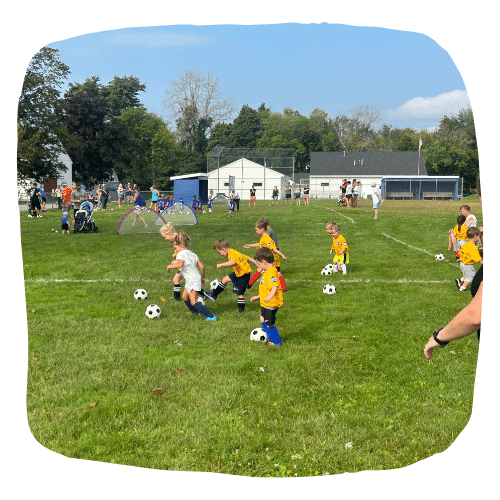
Size 3 is appropriate for children between five and eight years. Players will find this size a little heavier than size 2 but they’ll be able to control it better on the dribble. This is a great transition ball as they get to the bigger sizes.
Typically, town rec and travel soccer will start with a size 3 as part of their programs. This is a big step as a size 3 soccer ball is the first official ball to be used.
Size Four
Now we are getting to the older age groups. Size 4 soccer balls are ideal for children between eight and twelve years.
A size 4 soccer ball allows players to practice soccer and improve their dribbling, ball control, passing, and shooting.
For players on the younger side (ages 8-10), this can be a tough adjustment. The ball won’t go as far and the speed of the pass gets slower. However, as the player’s body gets stronger it will help them transition to the next and biggest size soccer ball.
Size Five
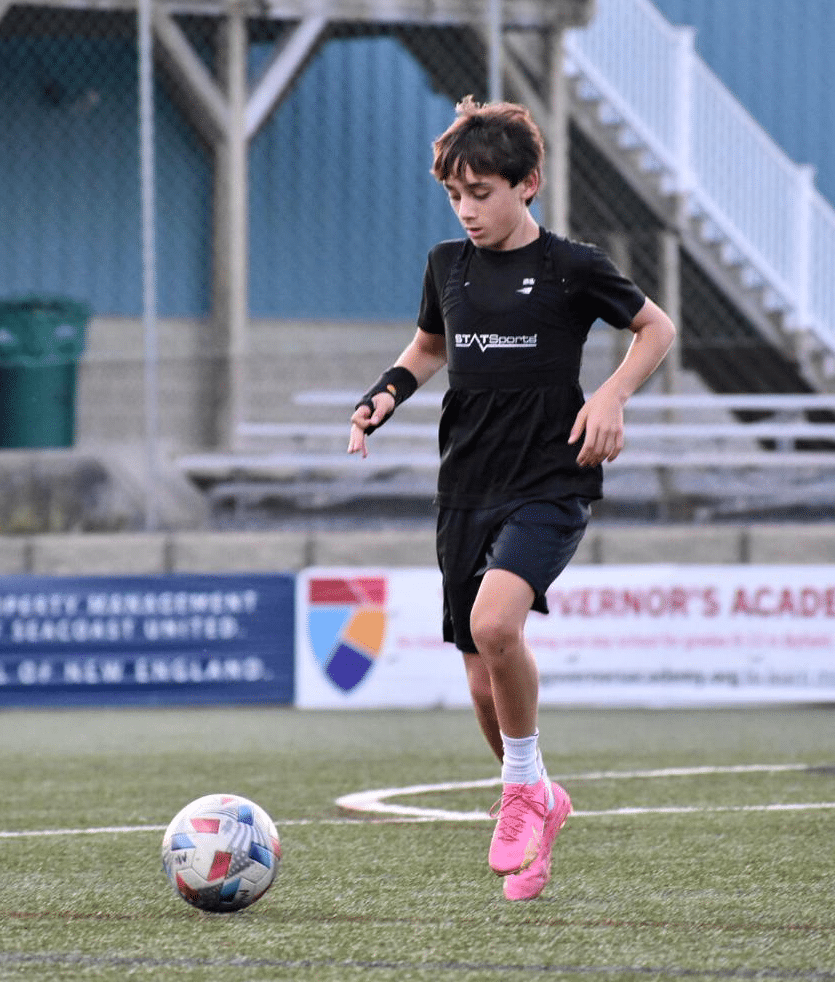
Size 5 soccer balls are ideal for players twelve years and older. Size 5 balls are used at the youth level, high school, college, and professionals in the U.S., and worldwide.
It’s important to use this size ball when a player is practicing at home or as a team. Otherwise, if a player practices with a size 3, the size 5 ball may feel like a bowling ball.
What Size Soccer Ball Should I Get?
Choosing the right size soccer ball is important for players of all ages. Using a ball that is too small or too large can hinder your performance and development.
It is important to note that ball sizes for youth soccer leagues can differ by location and league standards. It is recommended to confirm ball size with your league or association before purchasing a ball.
When selecting a ball, consider the following factors:
- Age and skill level: As mentioned above, age and skill level are important factors to consider when choosing the right size soccer ball.
- Ball material: Soccer balls can be made of different materials such as leather, synthetic leather, and rubber. Each material has its own unique properties, such as durability, softness, and water resistance.
- Ball weight: The weight of the ball can affect your performance and control. A ball that is too heavy can be difficult to kick and control, while a ball that is too light may not provide enough force.
- Ball inflation: Proper inflation is crucial for ball performance and safety. Overinflated or underinflated balls can affect your control and increase the risk of injury.
In conclusion, choosing the right size soccer ball is essential for players of all ages. Consider the age and skill level of the player, ball material, weight, and inflation when selecting a ball.
Also, I used to buy the cheapest ball I could find but, over time, I found that a quality ball makes a difference. More expensive balls typically keep their shape and last longer. By more expensive, I mean $20 more can make a positive difference.
Wrapping Up
Choosing the right-sized soccer ball for your child is important for their development. It can be overwhelming to navigate the different sizes and age recommendations, but with the information provided in this article, you should feel confident in selecting the appropriate size.
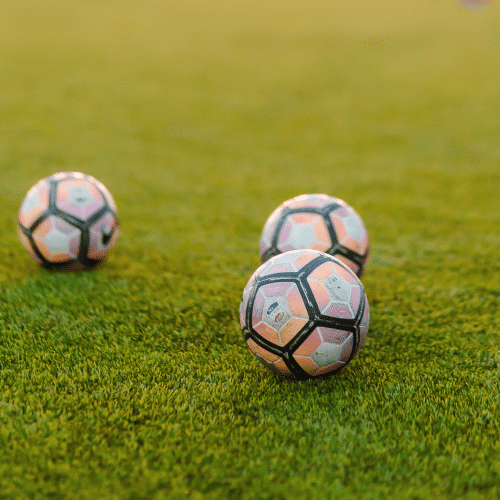
Remember to consider your child’s age, skill level, and league regulations when choosing a ball. If your child is just starting out, a smaller-sized ball may be more appropriate to help with their technique and control. As they progress and grow, they can move up to a larger size ball.
It’s also important to invest in a high-quality ball that will last and perform well on the field. Look for balls that meet official size and weight regulations and are made with durable materials.
By selecting the right size and quality ball, you can help set your child up for success and enjoyment in the game of soccer!
Common Questions About Soccer Ball Sizes
Size two soccer balls are rarely used because they are so close in circumference to size one. If you’re looking for a ball for someone younger than four years old, a size one ball will do the trick.
An 8-year-old should use a size 3 soccer ball. This ball size is ideal for players between the ages of 5 to 8. If your child is more advanced than his peers, you may opt for a size four since they’ll be playing with it the next year anyway.
A 10-year-old should use a size 4 soccer ball, which has a circumference of 25-26 inches and weighs between 350-390 grams. This ball size is designed to help players develop control and transition from beginner to more experienced players.
The biggest soccer ball size is a 5.
Nope! Both genders should follow the same chart for soccer ball sizes.

Written By: SoccerNovo
SoccerNovo is an independent youth soccer media brand built to help parents, players, and coaches better understand the game and the pathways available in U.S. soccer. Our mission is to make youth soccer simpler, clearer, and more accessible for everyone involved in it.
Let’s connect


